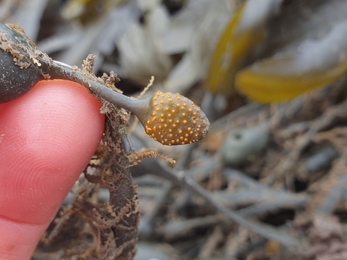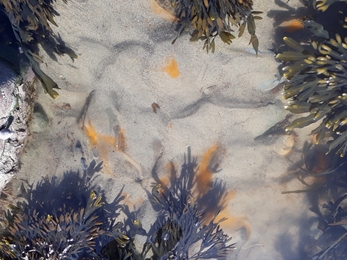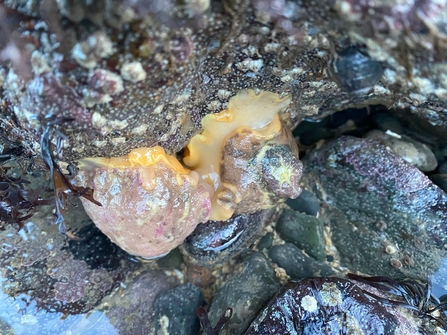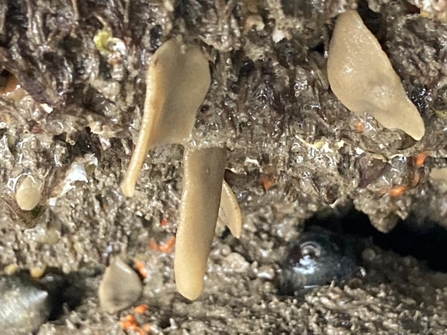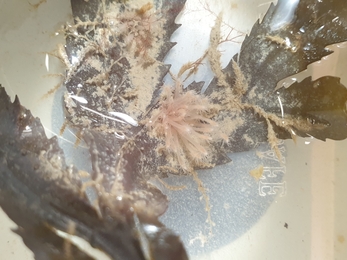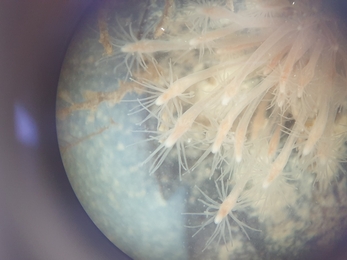The shores visited this month for the group surveys were Llandudno pier (Pen y Gogarth - Great Orme’s head SSSI), Penmon area (Glannau Penmon – Biwmares SSSI). Our Cricieth visit was cancelled due to forecasted gales.
Surveys completed
Number of quadrats: 15
Time spent on species searches: pacific oysters 140mins
Number of volunteers: 11


